Cambodia’s Angkor Wat is a timeless wonder that leaves visitors breathless with its grandeur and mystical charm. Nestled in the heart of Southeast Asia, this UNESCO World Heritage site is home to the largest religious monument in the world. The temples of Angkor have stood the test of time, and exploring them is like stepping back into ancient history.
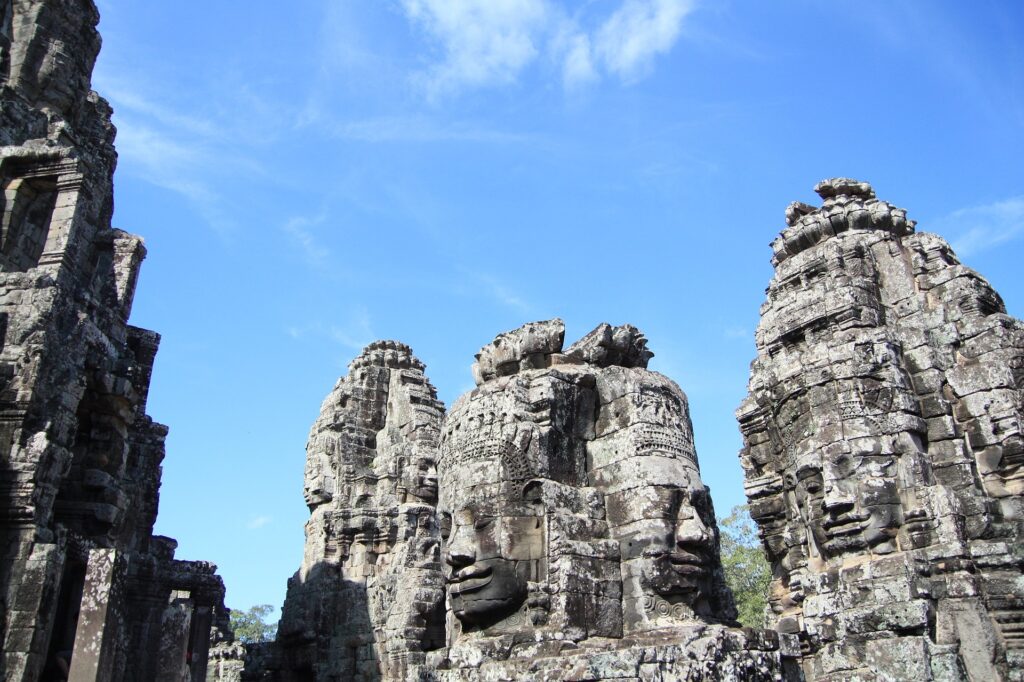
One cannot help but marvel at the sheer scale and complexity of Angkor Wat. Built in the early 12th century by the Khmer Empire, this extraordinary temple complex was dedicated to the Hindu god Vishnu. Its name, Angkor Wat, means “City of Temples” in Khmer. This impressive structure boasts five towers that symbolize Mount Meru, the mythical abode of the gods.
As the sun rises over Angkor Wat, a golden hue bathes the temple, creating an ethereal atmosphere. The play of light and shadows against the intricate carvings is a sight to behold. Walking through the main entrance, known as the West Gate, visitors are welcomed by bas-reliefs depicting scenes from Hindu mythology. Every inch of the temple is covered in intricate carvings, showcasing the architectural brilliance of the Khmer civilization.
You Can Read Our Another Post Unveiling The Enigmatic Skeleton Coast
Exploring Angkor Wat is like embarking on a spiritual journey. Ascending to the upper levels, visitors find themselves surrounded by galleries with beautiful stone panels illustrating ancient stories and legends. One cannot help but be captivated by the skill and artistry in every carving. From the famous “Churning of the Ocean of Milk” to the story of the Ramayana, these stunning bas-reliefs not only tell tales, but they also shed light on the beliefs and values of ancient Cambodian society.
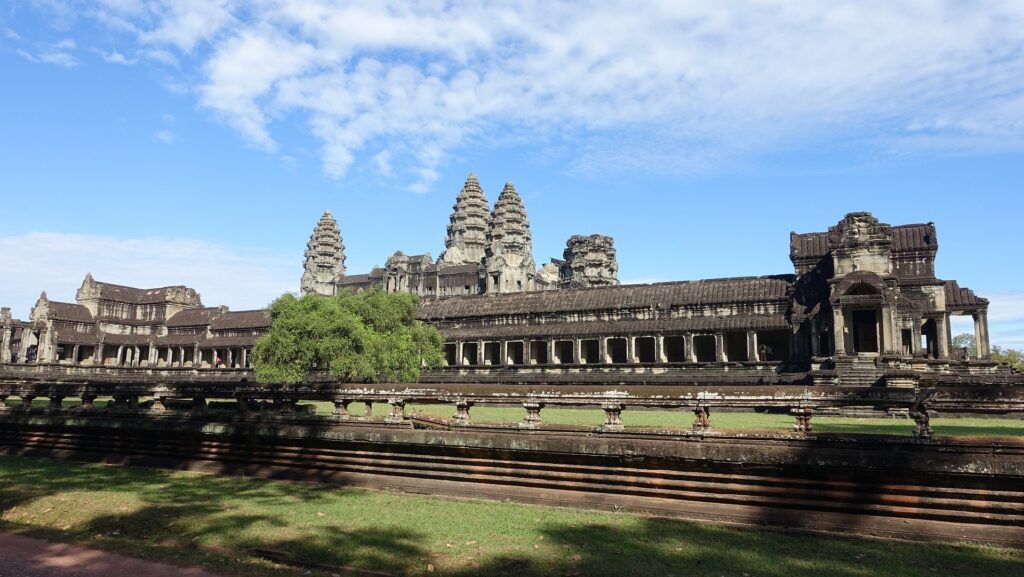
Beyond Angkor Wat lies a vast expanse of other temples, each with its own unique charm and history. The Bayon Temple, located in the ancient capital city of Angkor Thom, is famous for its captivating stone faces. Numerous towering faces peer down at visitors from the temple’s towers, their serene smiles captivating people from all walks of life. The Bayon Temple symbolizes the connection between heaven and earth, with its towers representing the peaks of Mount Meru.
Ta Prohm, another remarkable temple, is a testament to the power of nature. Massive trees growing out of the temple’s ruins create a surreal and mystical atmosphere. The intertwining of stone and nature gives Ta Prohm a unique allure, making it a favorite spot for photographers and adventurers alike. This temple is also famous for being one of the filming locations for the blockbuster movie “Lara Croft: Tomb Raider.”
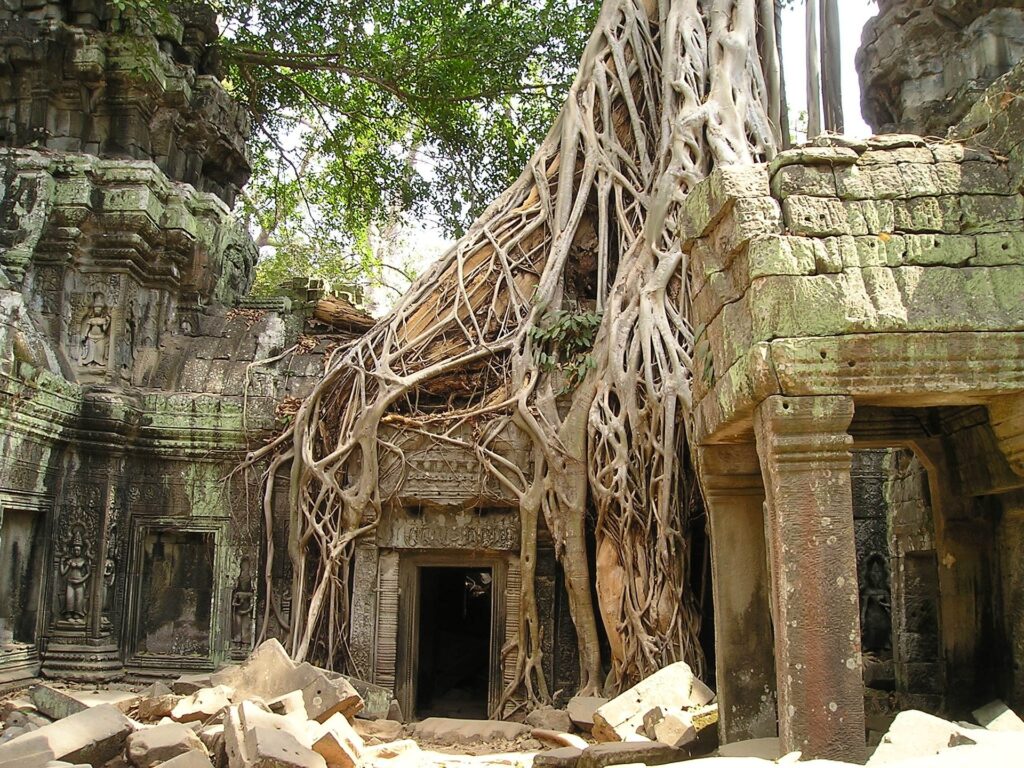
Despite the awe-inspiring beauty, Angkor Wat has faced its share of challenges over the centuries. From nature’s wrath to human conflicts, these temples have endured much. Yet, they stand tall, a testament to the resilience and ingenuity of the Khmer people. Restoration efforts by various organizations have helped preserve these magnificent structures, ensuring that they can be appreciated by future generations.
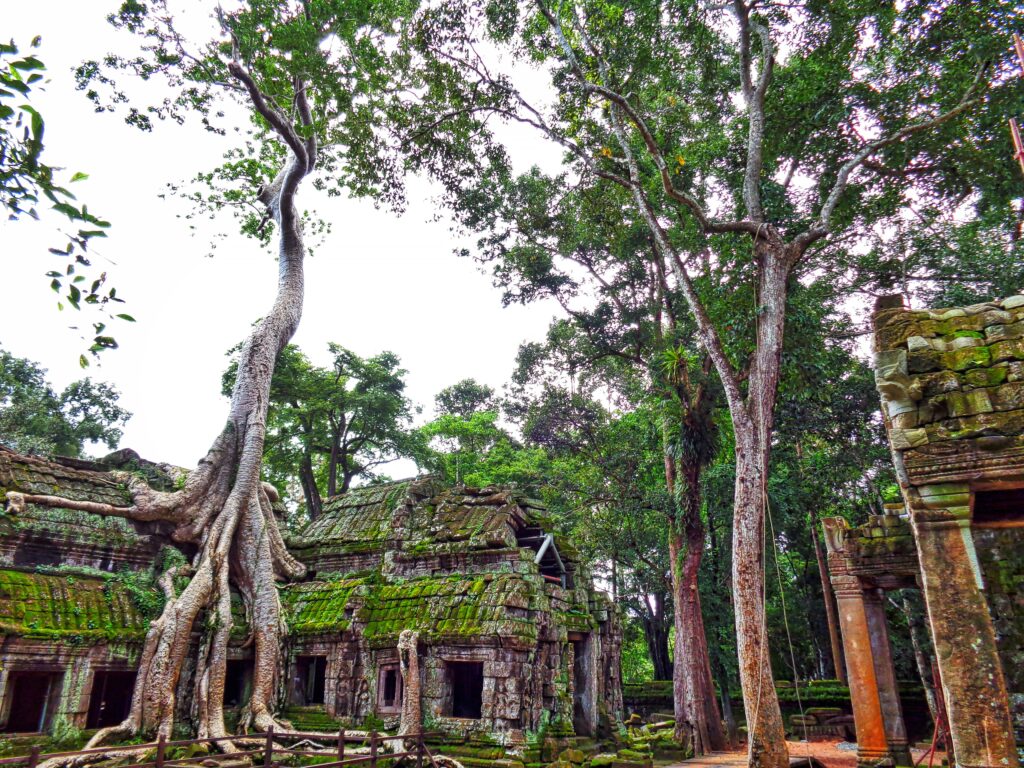
Exploring the temples of Angkor is no easy feat. The site covers an area of over 400 square kilometers, and getting around requires time and patience. However, the effort is well worth it. Riding a tuk-tuk or bicycle through the ancient ruins creates a sense of adventure and discovery. Each temple offers a new experience, and the exploration becomes a journey of self-discovery and appreciation for the rich history and cultural heritage of Cambodia.
visit here:Odishalifestyle
Beyond the temples, the local community holds a deep reverence for Angkor Wat. Monks can be seen meditating amidst the ancient ruins, and visitors can partake in traditional Buddhist ceremonies. The people of Cambodia have a deep connection to their cultural heritage, and they take pride in sharing it with the world.
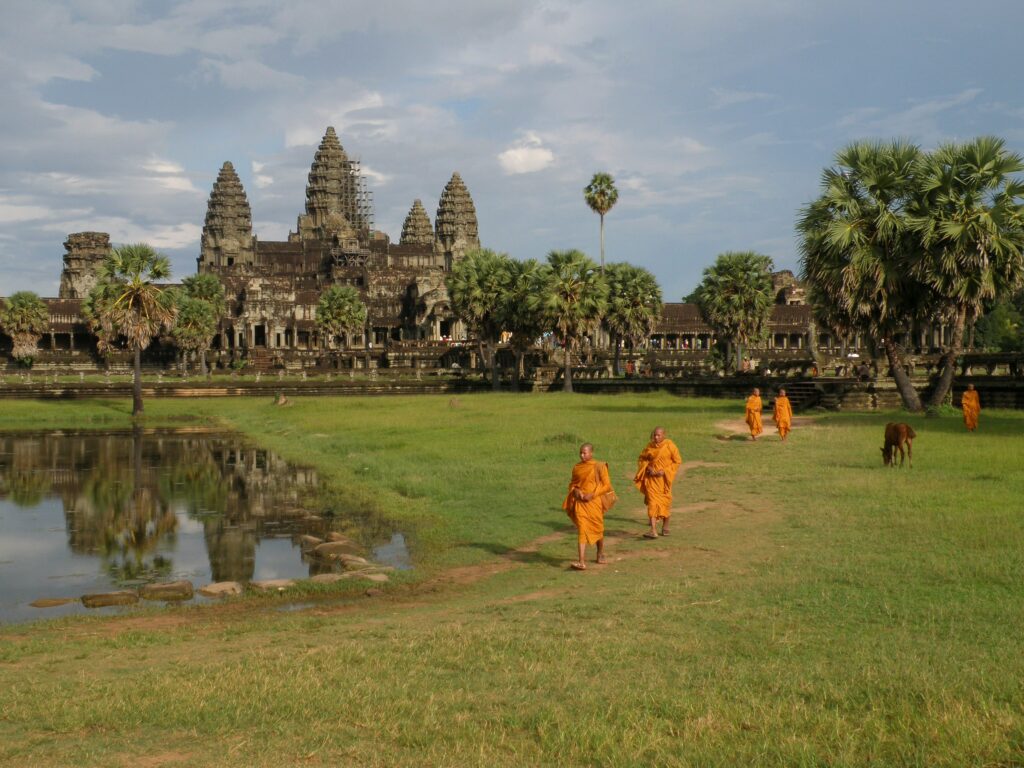
Visiting Angkor Wat is an experience that transcends time and space. It is a glimpse into the past, an opportunity to connect with the souls of the ancients. The temples of Angkor stand as a testament to human creativity and perseverance. As the sun sets behind the magnificent structures, casting an orange glow across the landscape, one cannot help but feel a sense of awe and wonder. Angkor Wat is a treasure that should be cherished and protected, a timeless masterpiece that continues to captivate the hearts and minds of all who visit.
FAQ For On Exploring the Magnificent Temples of Angkor
What is Angkor Wat?
Angkor Wat is a vast temple complex in Cambodia that was originally built in the 12th century as a Hindu temple dedicated to the god Vishnu and later transformed into a Buddhist temple.
What are the main attractions at Angkor Wat?
The main attractions at Angkor Wat include the iconic main temple with its distinctive towers, intricate bas-reliefs, and stunning architecture, as well as other notable temples like Bayon and Ta Prohm.
When is the best time to visit Angkor Wat?
The best time to visit Angkor Wat is during the cooler and drier months from November to March when the weather is more pleasant for exploring the temples.
How do I get to Angkor Wat?
Angkor Wat is located near the city of Siem Reap in Cambodia. Visitors can fly into Siem Reap International Airport and then take a short drive to the temple complex.
Are there tour guides available at Angkor Wat?
Yes, there are tour guides available for hire at Angkor Wat who can provide you with in-depth information about the history, architecture, and significance of the temples.
What should I wear when visiting Angkor Wat?
Visitors are advised to dress modestly when visiting Angkor Wat, covering shoulders and knees out of respect for the religious significance of the site.
Are there entrance fees to visit Angkor Wat?
Yes, visitors need to purchase an entrance pass to access the Angkor Archaeological Park, which includes Angkor Wat and other temple sites. Passes are available for one day, three days, or a week.
Can I explore Angkor Wat on my own?
Yes, visitors are allowed to explore Angkor Wat independently, but hiring a guide can enhance your experience and provide valuable insights into the history and architecture of the temples.
Are there accommodation options near Angkor Wat?
There are plenty of accommodation options in Siem Reap, ranging from budget guesthouses to luxury resorts, that cater to visitors exploring Angkor Wat.
Is there a specific code of conduct to follow at Angkor Wat?
Visitors are expected to show respect for the religious and cultural significance of Angkor Wat by behaving respectfully, refraining from climbing on structures, and not touching or defacing any of the ancient ruins.

